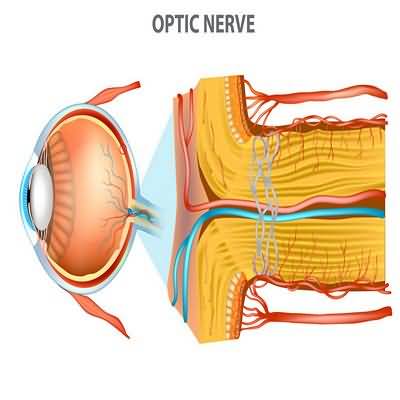Optic disk swelling
Optic disk swelling
severe hypertensive retinochoroidopathy, or raised intracranial pressure, the last necessitating urgent imaging to exclude an intracranial mass or cerebral venous sinus occlusion
Intraocular causes include central retinal vein occlusion, posterior uveitis, and posterior scleritis
Optic nerve lesions causing disk swelling include anterior ischemic optic neuropathy; optic neuritis; optic nerve sheath meningioma; and infiltration by sarcoidosis, leukemia, or lymphoma
Any orbital lesion causing nerve compression may produce disk swelling
Papilledema (optic disk swelling due to raised intracranial pressure) is usually bilateral and most commonly produces enlargement of the blind spot without loss of acuity
Chronic papilledema, as in idiopathic intracranial hypertension and cerebral venous sinus occlusion, or severe acute papilledema may be associated with visual field loss and occasionally with profound loss of acuity
All patients with chronic papilledema must be monitored carefully especially their visual fields—and cerebrospinal fluid shunt or optic nerve sheath fenestration should be considered in those with progressive visual failure not controlled by medical therapy (weight loss where appropriate and usually acetazolamide)
In idiopathic intracranial hypertension, transverse venous sinus stenting is also an option
Optic disk drusen and congenitally crowded optic disks, which are associated with farsightedness, cause optic disk elevation that may be mistaken for swelling (pseudopapilledema)
Exposed optic disk drusen may be obvious clinically or can be demonstrated by their autofluorescence
Buried drusen are best detected by orbital ultrasound or CT scanning
Other family members may be similarly affected


















